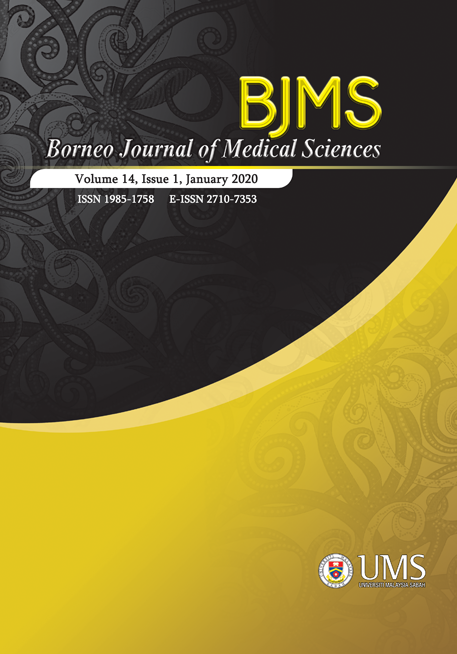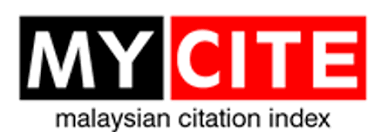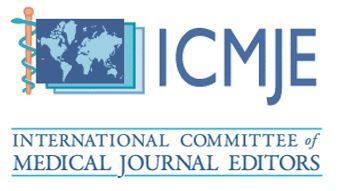Sonographic Measurement of the Thickness of Subcutaneous Tissue and Hepatic Echo-Intensity Attenuation Rate in Nonalcoholic Fatty Liver Disease
DOI:
https://doi.org/10.51200/bjms.v14i1.1986Keywords:
subcutaneous tissue thickness, hepatic echo-intensity attenuation rate, non-alcoholic fatty liver diseasen rate, sonographyAbstract
The most common cause of the chronic liver disease is non-alcoholic fatty liver disease (NAFLD). This study was designed to compare a mean subcutaneous tissue thickness (SCTT) and hepatic echo-intensity attenuation rate (HEIAR) among NAFLD grades. Sonography was carried out on 628 consecutive subjects. The distance between the skin surface and the liver capsule was measured and was labelled the SCTT. Also, the ultrasound of HEIAR was retrospectively quantified on an image archiving. HEIAR was calculated as the difference between mean intensity of echo for two regions of interest (ROIs) in near- and far-fields divided by the distance between these two ROIs multiply by frequency of the probe. Of the 628, 235 subjects were diagnosed with NAFLD. The age range was 45 – 75 years with mean 54.5 ± 6.7 years. There was a significant difference of mean SCTT among NAFLD grades (p<0.001), 65.4% of subjects with SCTT measured ≥ 2.1 cm had NAFLD versus 34.6% of subjects had no NAFLD. Similarly, the differences of mean HEIAR among NAFLD grades were reported to be statistically significant (p<0.001). All of the subjects with HEIAR of 1. 7dB/cm MHz and over had NAFLD. HEIAR is a useful indicator for non-invasive quantitative assessment of NAFLD where sonographically measured HEIAR equal to or over than 1.7 dB/cm MHz makes identifying NAFLD is probably (sensitivity is 59% and specificity is 89%). HEIAR is a useful indicator for non-invasive quantitative assessment of NAFLD.
Downloads
Published
How to Cite
Issue
Section
License
All articles are published under the Creative Commons Attribution-NonCommercial (CC BY-NC 4.0) license, enabling users to read, download, copy, distribute, and adapt the material for non-commercial purposes, provided proper credit is given to the original authors and the source. This model supports transparency, accessibility, and the global exchange of medical knowledge.








1.png)





